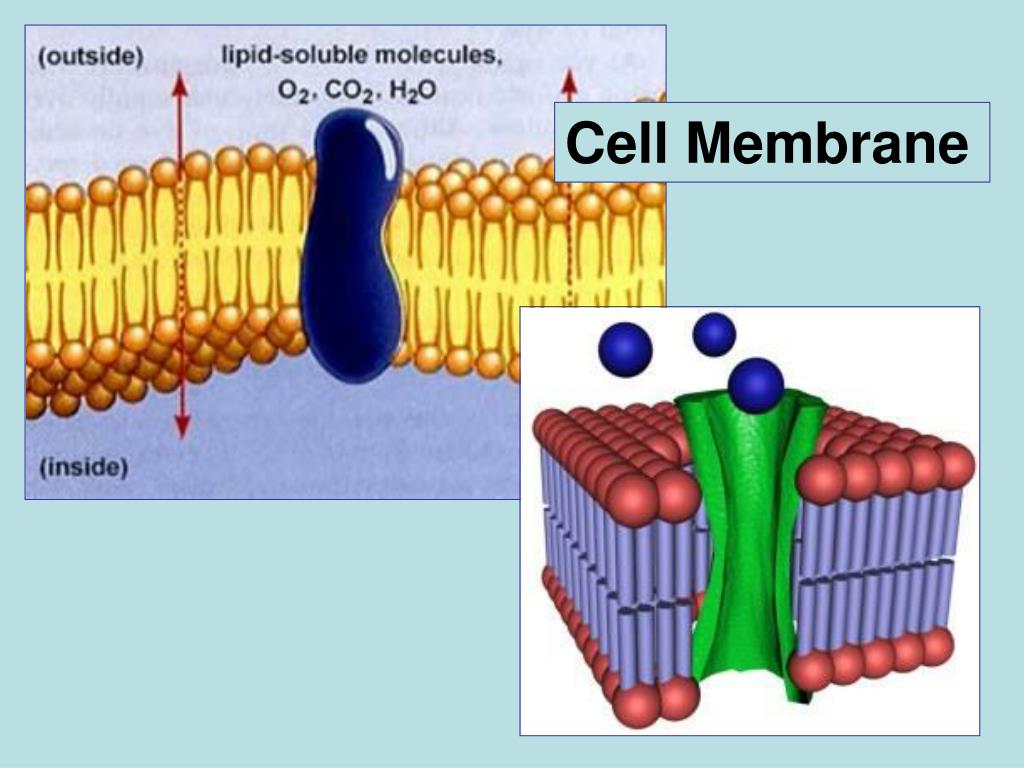

Transient transfection of proteins may however bypass normal regulation of expression, leading to overexpression artefacts like misallocations and excess amounts. Thus, their concentration remains constant by these positive and negative interactions.Transient transfection of fluorescent fusion proteins is a key enabling technology in fluorescent microscopy to spatio-temporally map cellular protein distributions. The chloride ions are present in the cell exterior environment that gets attracted by K+ inside the cell and gets repelled by negatively charged proteins in the cell membrane. Na+ K+ pump helps to maintain the membrane potential back by allowing the equal concentration of Na+ inside the cell. These leakage channels can be very lethal for cell viability. There are few leakage channels also present in the neuronal membrane that cause an excess of potassium ions to move outside the cells. Soon after one activation, the ion channels remain inactivated for a brief period and then only open again from the next Na+ to enter the cell. When there is a nerve impulse, the gates open and Na+ enters the cell. In normal conditions, these gates remain closed. The voltage-gated ion channels can be open, closed, or inactive in the state. Voltage-gated ion channels are present in neurons that will be the key factor for the immediate response generated by the stimulus towards any action. Skou was awarded the Nobel prize for this discovery. The Na+-K+ pump was discovered by Jens Christian Skou in 1957 that helped scientists to understand the movement of ions in and out of the cell. The two potassium ions reach inside the cell and phosphate is released from pump protein converting it into original confirmation. The three sodium ions enter the extracellular matrix and two potassium ions bind to pump protein. Three sodium ions bind to pump protein which is a career molecule inside the cell. The Na+ K+ pump cycle takes place in the following way: Thus, the ionic movements help to develop and maintain a stable concentration gradient across the membrane.

It maintains the membrane potential of the cell membrane. The active transport system of the membrane helps in the exchange of sodium ions and potassium ions across the cell. There are few leak channels also, that remain open throughout in a membrane, whereas some channels are signal-dependent and open when they get a signal and allow ionic movement. The hydrophobic nature of lipid is not suitable for ions to move across the cell membrane and thus the movement of ions depends on the ion channels. The condition when the membrane potential becomes more positive than the resting potential is called the depolarized state and when the membrane potential becomes more negative than the resting potential, it is called the hyperpolarized state. The polarized state of the membrane is the condition when there is a potential difference across the membrane. The Na+ K+ pump helps in the movement of sodium and potassium across the cell membrane and is responsible for the generation of membrane potential. On the other hand, sodium and chloride ions are more outside a cell. The potassium ion concentration is higher inside a cell. The concentration of ions varies intracellular and extracellularly. The membrane potential of a cell is mainly due to abundant ions of a cell, that is, sodium, potassium, and chloride ions. Second is the plasma membrane permeability to different ions due to which there will be a continuous ion flow in and out resulting in membrane potential. First is the difference in the ionic concentrations in the intracellular and extracellular matrix.

Two important factors are responsible for the generation of membrane potential from negative to positive. There is a strong force of attraction that works between these charge differences that result in charge accumulation near the membrane of a cell and generating a membrane potential and the bulk of intracellular and extracellular matrix stay neutral. The concept of membrane potential works as the fact that the cell inside the environment is always slightly more negative as compared to the cell outside.


 0 kommentar(er)
0 kommentar(er)
